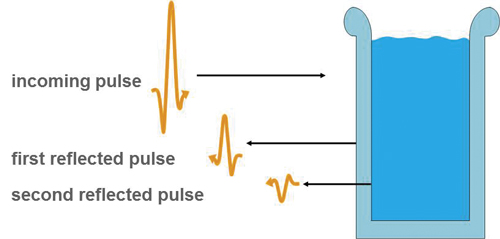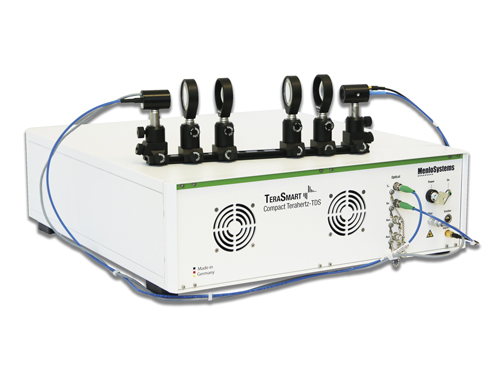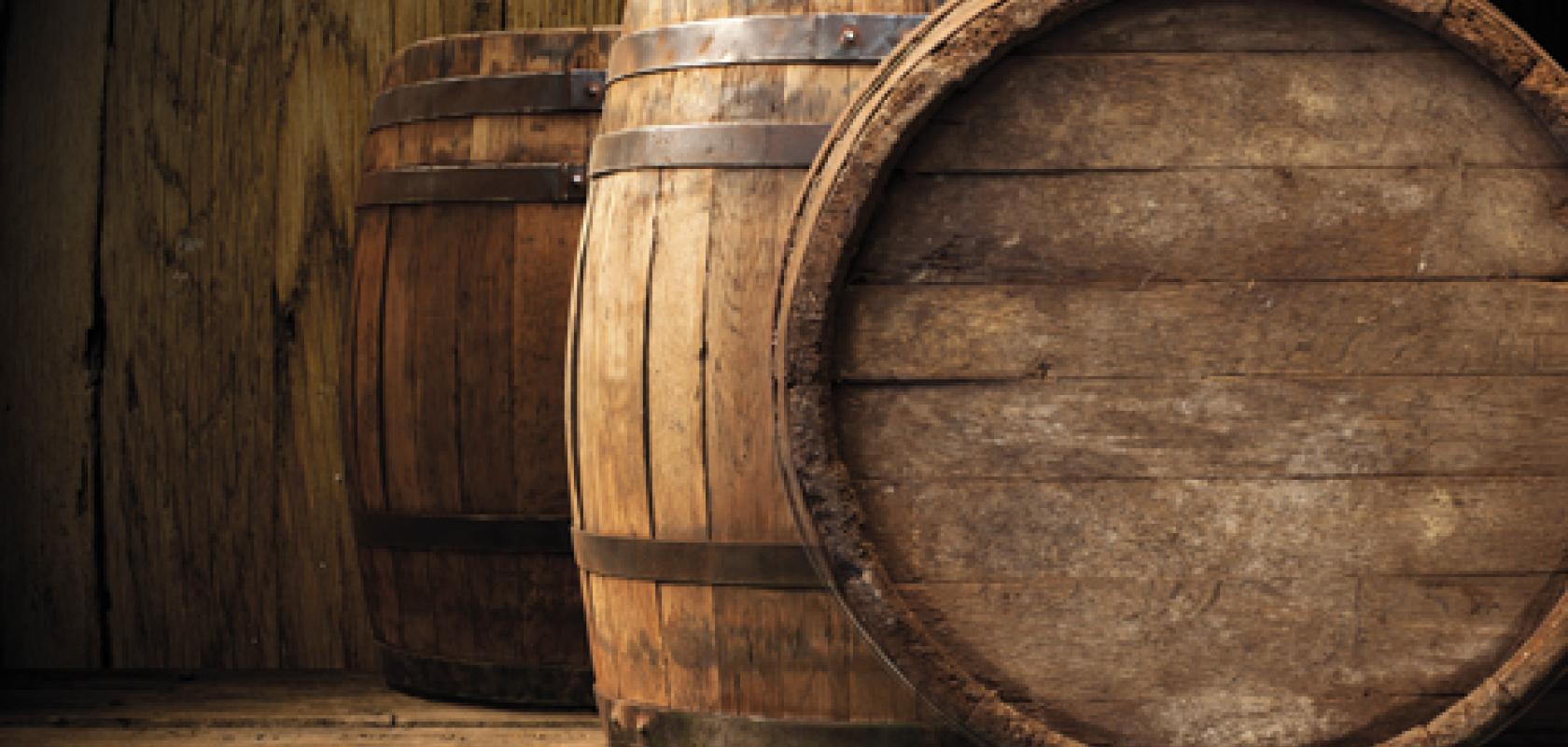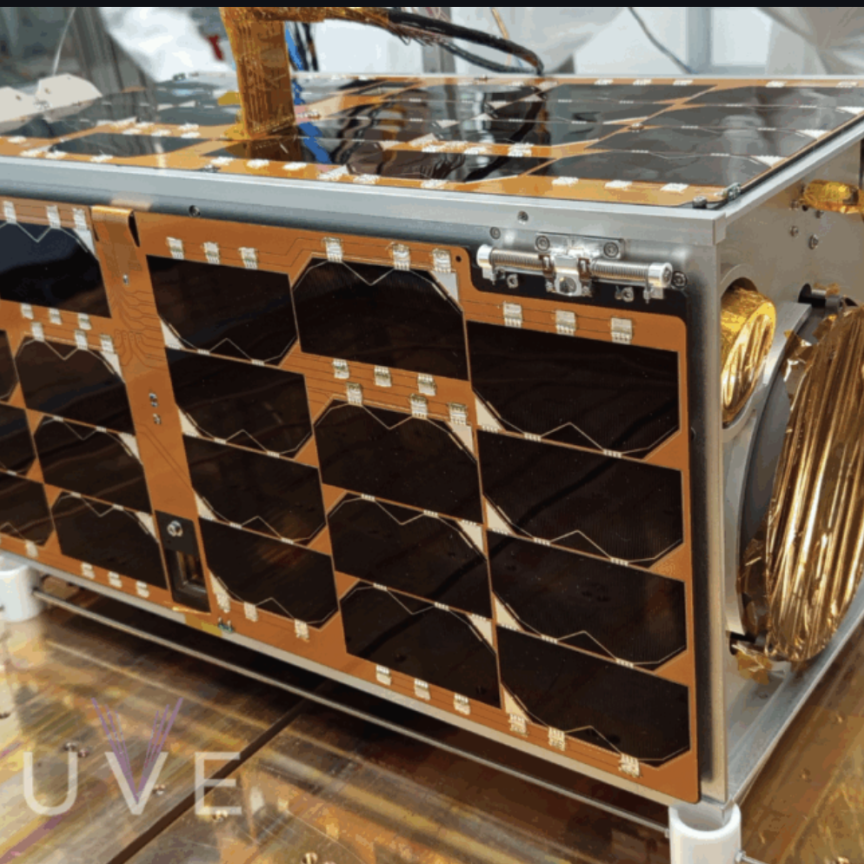According to World Health Organisation (WHO) data, some 25 per cent of the total amount of alcohol consumed around the world each year is ‘unrecorded’ – or illicit – resulting in a substantial loss in government tax revenues and exposing drinkers to potentially very harmful contaminants. In recognition of these problems, analytical techniques like spectroscopy have emerged as an important means of testing counterfeit beverages.
One of the early trailblazers in the use of optics technology for alcohol testing is spectroscopy specialist Ocean Optics, which has successfully trialled a visible spectroscopic technique known as UV-Vis, in addition to absorbance spectroscopy, to detect several adulterants – in the form of denaturants – in alcohol.
According to David Ellis, senior experimental officer and laboratory manager at the Manchester Institute of Biotechnology, University of Manchester, UK, although the use of visible spectroscopy to authenticate spirits is ‘encouraging’, challenges still remain in characterising alcohols that may be ‘very chemically complex, in part as a direct result of the maturation process’. In addition, a wide variety of adulterants, such as denaturants as well as flavourings and colourants can be added to counterfeit spirits, which can be hard to detect.
‘There are quite significant challenges to surmount in order to detect what may be extremely low concentrations, trace amounts, of chemical markers of adulteration or counterfeiting in these already very complex chemical solutions, through glass, in situ. This is a challenge that has yet to be achieved,’ he added.
Despite the undoubted potential of visible spectroscopy, Ellis believes that the alcohol industry and regulators are more likely to be interested in the potential of using vibrational spectroscopies, such as NIR and ATR, as well as the various Raman approaches – largely because he believes they possess the ‘inherent ability to probe or detect at depth, with some being able to penetrate through various types of packaging.’
‘These approaches have considerable future potential in many industries, especially so when they are combined with data analytics, as they can be very sensitive and recover chemically rich spectra through barriers, such as, theoretically, the contents of bottled spirit drinks at any point along complex supply chains, or highly mobile illicit counterfeiting operations,’ he said.
Terahertz time-domain technology
Another technology that could potentially be applied to the analysis of alcohol is terahertz time-domain spectroscopy (THz-TDS), which uses broadband pulsed terahertz radiation instead of the narrow band or single frequency continuous wave radiation typically used in frequency domain spectroscopy systems. Whereas continuous wave spectroscopy provides the highest spectral resolution, THz-TDS is a coherent spectroscopy method capable of acquiring an entire spectrum at each pulse – in the process carrying information on aspects such as the time of flight, which is useful for other applications like depth profiling.
One company that is very active in the manufacture of THz-TDS systems is the German outfit Menlo Systems, which uses photoconductive antennas driven by femtosecond fibre lasers for both terahertz generation and detection. As Patrizia Krok, international sales engineer at Menlo Systems, explains, these lasers are equipped with the company’s proprietary ‘figure 9’ technology for ‘ultrastable’ and reliable laser mode locking – emitting femtosecond pulses at 1.5µm wavelength.
‘The telecom wavelength has the advantage that the laser pulses can be delivered via optical fibres to the different parts of the spectrometer, such as the terahertz antennas, and no laser radiation will ever leave the apparatus – making the system eye-safe,’ she said.
According to Krok, Menlo Systems’ terahertz technology is currently being ‘successfully applied’ to the quality testing of a variety of different materials, including paper, plastics, various types of coatings, compound materials and material joints – as well biological samples like leaves.
‘Contamination in chocolate is one example of foodstuff testing which, in principle, gives reliable results when using terahertz imaging – and faster scanning and more efficient terahertz imaging techniques are currently being developed, since single pixel scanning requires too much time for implementation into a fabrication process,’ Krok explained.
Reflection geometry
Despite the potential suitability of terahertz imaging for food testing, Krok admits that the terahertz spectroscopy of liquids is associated with the additional challenge of high water content, which she says can only be overcome when measurements are conducted in reflection geometry.
Given that the container of the liquid provides no barrier to terahertz, with a substantial database and appropriate algorithms, it is possible to discriminate between different features in the temporal shape of the terahertz pulse trace or even in the terahertz spectrum. In one of the company’s projects, a handheld THz-TDS system was used to detect hazardous fluids that could potentially cause an explosion. Even so, Krok explained that although there is a ‘significant difference’ in measurement parameters between pure water and pure methanol, a mixture of water and ethanol ‘appears nearly undistinguishable within this parameter space’.

Bottled products can be tested for potentially hazardous contaminants with terahertz radiation
In another experimental set-up trialled by the firm, Krok reveals the reflected spectrum of an alcoholic product was evaluated, demonstrating it was possible to use the technology to quantify ethanol content. However, she admitted different high-quality alcohol products, such as whisky and vodka, could not be distinguished from each other and impurities such as methanol or glycol were hard to detect – possibly due to ‘the low content ratio of the impurities to actual product’.
‘These results show that with an appropriate approach, it might be, in principle, possible to characterise the quality of alcoholic products and other foodstuff. However, traces of impurities impose limitations to the sensitivity. A combination of detection methods might lead to reliable results. On the other hand, there are existing methods that in many cases are faster, more efficient and lower cost than terahertz,’ she added.
Combining Raman and fluorescence spectroscopy
Elsewhere, a team of researchers at the Optical Manipulation Group (OMG) at the University of St Andrews in Scotland are continuing to develop a range of Raman and fluorescence spectroscopy techniques to test alcohol, as well as other liquids like extra-virgin olive oil. As Naomi McReynolds, a PhD student at OMG, explained, the research follows a project where the team used an in-house built free space Raman system and a compact and portable IDRaman mini device loaned from MSquared – as well as a ‘pure fluorescence set-up’ and a portable micro fluidic chip – to discriminate between single malt scotch whiskies based on brand, age or cask.
‘We have been able to identify various brands of extra-virgin olive oil through a Raman and fluorescence based spectroscopy. Essentially, the Raman signal mostly provides information on the free fatty acid content and the fluorescence signature provides information on the samples’ colour. Upon comparison of the spectrum with a library of known data, the sample can be identified. This could be employed in the detection of counterfeit or adulterated samples,’ she said.
According to McReynolds, the biggest challenge facing the team is ensuring the analysis is robust over time and, although they have already demonstrated a method of analysis that can minimise the effects of ageing or oxidation on the discrimination efficiency, she noted that there are ‘still some unanswered questions regarding year-to-year variations within a single brand of extra virgin olive oil, due to changes in the climate or soil conditions.’
Despite these ongoing challenges, McReynolds believes the technique has a number of key advantages – including that only small sample volumes of 20µl are required with ‘no specific sample preparation or addition of chemicals needed’. She also revealed that it is a ‘relatively fast technique’ that also enables analysis to be conducted in the field – making it a ‘very attractive candidate for the detection of counterfeiting or adulteration’.
‘There are many exciting directions for the future of this technology, for example, the use of spatially offset Raman spectroscopy would obviate the need to open bottles, thus increasing its applicability for analysis in the field,’ said McReynolds.

Terahertz technology from Menlo Systems is being used to test food for contaminants
‘I am most excited about the potential for integration with mobile phone technology, which would allow the general public to monitor the quality of their own food and drinks wherever they go,’ she added.
Towards a mobile future?
There are already growing signs that consumers could soon be able to use their smartphones to scan and test food and drink themselves. For example, the VTT Research Centre in Finland has already made great strides in developing hyperspectral imaging methods using micro-opto-electro-mechanical systems (MEMS) technology that can be integrated into iPhones – opening up a world of possibility for truly portable and convenient testing techniques.
Meanwhile, although she confirmed that terahertz technology is a ‘fast growing field,’ Menlo’s Krok noted that the transfer to industrial applications is ‘rather slow’ – mainly due to the fact established methods are ‘efficient enough and moderate in costs.’
‘When terahertz provides true benefits, such as additional or more accurate information, it starts penetrating the market. It seems unlikely that terahertz spectroscopy will be able to substitute established methods for alcohol testing within a few years,’ she remarked.
‘In comparison, it is a niche application and difficulties [such as dealing with low contaminant concentration and water absorption] would need to be overcome. It is also possible that the measurement concept itself would need to be adapted, for example to measure contaminants in the gas phase (cw-THz),’ Krok added.
Elsewhere, the University of Manchester’s Ellis believes that access to testing devices will become much more widespread over the next few years – particularly because of the increasing availability of user-friendly and portable handheld devices.
‘We are trending towards truly democratising some of these optical technologies for use out of research and testing laboratories and into industry and supply chains, importantly, for ease of use by non-experts,’ he said.
When combined with further advances in miniaturisation, such as MEMS and reductions in the size of batteries and energy requirements, Ellis predicted that such novel forms of optical technologies will ‘inevitably become considerably less expensive and far more commonplace’.
Ellis also highlighted the fact that these devices could be linked to the cloud under the umbrella of the internet of things (IoT) – a capability he argued could be embedded ‘not only into handheld devices, but also static micro and mobile sensors, as well as sensor-actuating devices able to recognise and interact with each other across complex supply networks, for example – quite literally harvesting and automatically acting upon data, improving productivity and recognising trends.’
Ellis added: ‘As well as their use in predictive analytics, such devices could also be useful in other areas, like identifying and targeting areas within dynamic networks that can become vulnerable to those wishing to adulterate or tamper with food, drink and many other forms of product supply chains.’
As well as testing the liquid itself, another interesting approach to tackling fraud is to mark the bottles themselves with unique features designed to clearly identify the contents. One company that has enjoyed some success with this is the Leeds, UK, firm Ultramatis, which has developed a novel technique that marks glass using a femtosecond laser to create a unique design in the bottle to serve as an optical fingerprint. This mark can be scanned by a mobile device to obtain key details of the product, such as the place of manufacture, as well as the age and brand name.


